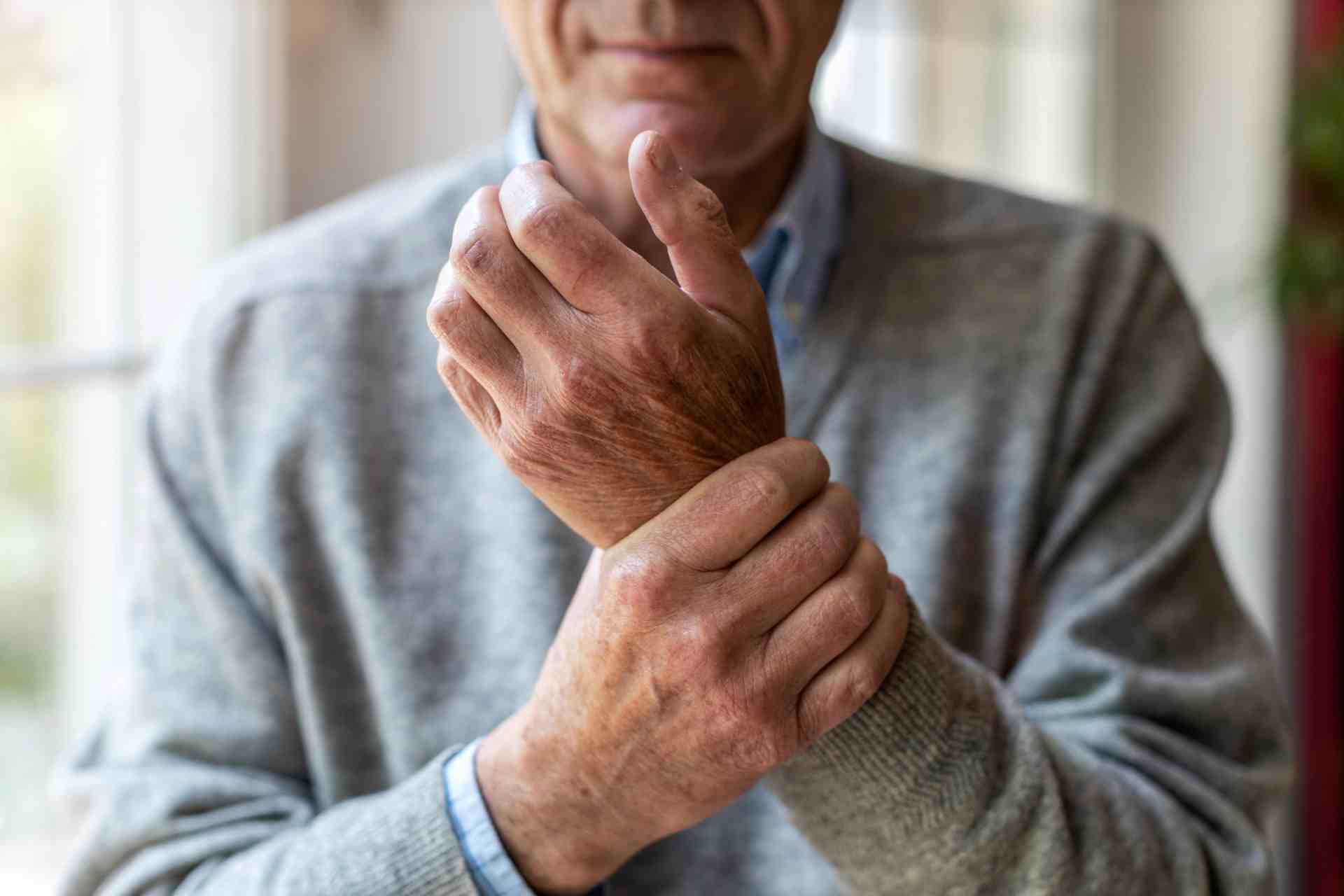What is already known
Alterations in the gut microbiota, known as dysbiosis, play a role in initiating and progressing rheumatoid arthritis (RA). Several microbes have shown to delay or trigger the development of RA. Therefore, identifying suitable probiotics to prevent and treat RA is crucial.
What this research adds
Researchers used 16S rDNA sequencing and shotgun metagenomics to analyze gut microbiota composition of healthy individuals and patients affected by RA. They found that the gut commensal Parabacteroides distasonis was less abundant in patients with new-onset RA and those with a history of disease. Moreover, oral administration of live P. distasonis to arthritic mice greatly improved RA pathogenesis. P. distasonis-derived metabolites had similar and synergistic antiarthritic effects and their inhibition abolished the therapeutic effects. Finally, the natural product ginsenoside Rg2 was found to promote the growth of P. distasonis, with a concomitant improvement in the disease pathogenesis.
Conclusions
The findings suggest that P. distasonis has a positive effect on RA and this could be enhanced by the natural product ginsenoside Rg2, thus improving symptoms of the disease. Therefore, regulation of P. distasonis in the gut could be a promising approach for treating RA, and P. distasonis might represent an attractive probiotic for the management of patients with RA. Ginsenoside Rg2 could also be developed as natural prebiotic for the treatment of RA.
The role of the gut microbiome in the development and advancement of RA has become more prominent in the recent years. Research has demonstrated that modifications in the composition of gut microbiota are linked to the pathogenesis of RA. Therefore, adding probiotics or hindering harmful gut bacteria could be potential alternative treatments for RA, either in conjunction with current therapies or as substitutes.
A recent study by Zhou and colleagues, published in Gut journal, suggests that the bacterial strain P.distasonis might be a promising probiotic for the treatment of RA.
To determine the relationship between gut microbiome alterations and the pathogenesis of RA, the authors performed 16S rDNA sequencing and shotgun metagenomics on faecal samples from healthy individuals and RA patients, and they used mouse models to evaluate the roles of P. distasonis in RA.
Gut microbiota profiling in patients with RA reveals decreased P. distasonis abundance
Significant differences were observed in the gut microbiota compositions between RA subjects and healthy control. The relative abundance of Bacteroidetes was downregulated, while the relative abundance of Verrucomicrobia was upregulated in patients with RA. In particular, the abundance of the genus Parabacteroides had a negative association with a disease score. Furthermore, the shotgun metagenomics on healthy subjects and treatment-naive patients with new-onset RA, revealed 19 differential species under the genus Parabacteroides. In particular, P. distasonis was decreased in the faecal samples from patients with RA.
Live P. distasonis and its metabolites attenuate inflammatory arthritis severity in RA mice models
The relative abundance of P. distasonis was lower also in mice models for arthritis, and oral administration of live P. distasonis (LPD) increased its levels in the gut of those mice. Treatment with LPD for four weeks restored and upregulated the levels of P. distasonis, leading to improvement in symptoms, especially in the joints of the mice. Interestingly, LDP protective effects required the involvement of other gut microbes. In fact, the use of combined antibiotics ablating the gut microbiota before oral administration of LPD, was found to attenuate the benefits of P. distasonis. LPD treatment also reduced joint inflammation and autoantibody levels in mice. As observed for P. distasonis, treatment with some metabolites also resulted in attenuated arthritic damage, improved bone and cartilage damage, and downregulated joint inflammatory markers. These metabolites also showed protective effects against RA at low doses and in combination, suggesting their potential in treating RA.
The natural compound ginsenoside Rg2 ameliorates RA by promoting the growth of P. distasonis
The researchers finally aimed to identify potential candidates among natural compounds (i.e saponins) that could promote the growth of P. distasonis. Out of 112 natural saponins screened, ginsenoside Rg2 was found to have the strongest ability to enhance the growth of P. distasonis. Oral administration of Rg2 restored the accumulation of P. distasonis in faecal samples from arthritic mice, and this led to the improvement of pathological indicators. Thus, Rg2 acted as a prebiotic agent and played a therapeutic role in arthritic mice by boosting the growth of P. distasonis.
Although further research is needed, the present study reveals that P. distasonis and its metabolites could be promising candidates for treating RA. Due to its potential to prevent RA by promoting the growth of P. distasonis, the natural compound Rg2 can be used as prebiotic agent. All together, these findings pave the way for a new management of patients affected by RA.











